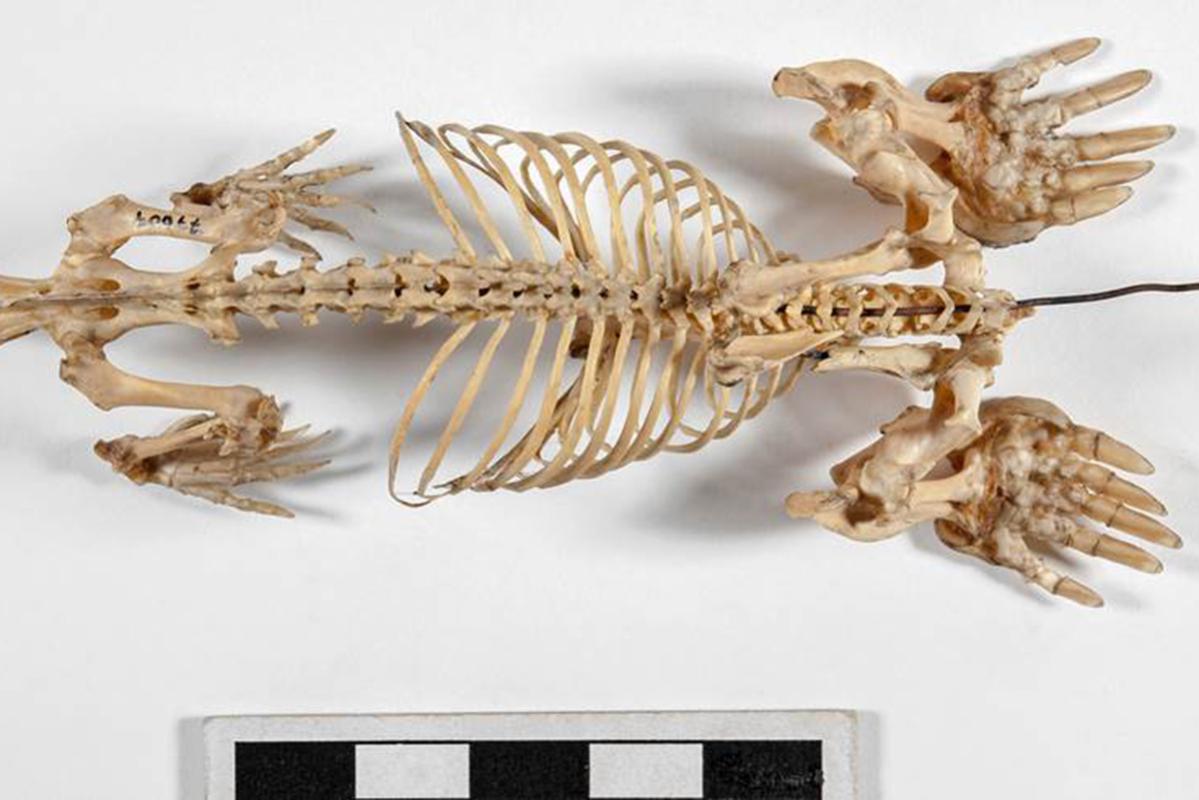Moles have specialised morphological features, that are surely adapted for their underground lifestyle: among others, robust fore- and hind limbs. In new research published in Evolution & Development, a research team from the Museum für Naturkunde Berlin, the University of Zurich, the University of Leiden and the University of Granada, studied the spatial distribution of expression of four Hox genes in the Iberian mole Talpa occidentalis. HoxA9, HoxD9, HoxD11, and HoxD13 are known to play crucial roles during limb development in model organisms. “Results show that these genes express differently in the mole as compared to the mouse, lacking these ecological specializations“ says principal investigator Dr. Constanze Bickelmann from the Museum für Naturkunde Berlin. Differences lie in the intensity and the localization of expression of studied Hox genes, and go hand in hand with skeletal modifications in fore- and hind limbs of the mole, i.e. the presumptive regions of humerus and radius in the forelimb and the fused tibia-fibula-complex in the hind limb. “Further analysis in the sister-taxon shrews which are the closest relatives to moles but lack ecological specializations, would be helpful, but yet not conductable,“ explains Co-PI Marcelo Sánchez-Villagra from the Paleontological Institute and Museum, University of Zurich. „However, we have discovered a link between gene expression and million years old digging adaptations in the mole.“
Hox gene expression in the specialized limbs of the Iberian mole (Talpa occidentalis)
Bickelmann et al. 2016. Evolution & Development
A picture you can find here: http://download.naturkundemuseum-berlin.de/presse/Maulwurf
Mogera wogura (collection MfN Berlin, ZMB_MAM_77007), copyright Hwa Ja Götz, MfN.
